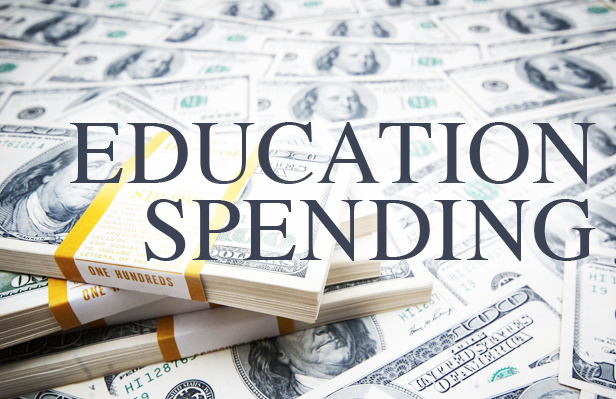Media

More is Not Always Better
In the ongoing school funding case, William Penn School District v. Pennsylvania Department of Education, several school districts are suing the state on the grounds that Pennsylvania has not lived up to its constitutional obligation to provide a thorough and efficient education to all students.
They have a point.
But accurately understanding the problem is necessary to find the best solution—and all too frequently, the problem is described as a lack of funding and the prescribed solution simply “more money.” Meanwhile average per-student funding in Pennsylvania has increased roughly 20 percent over the past five years with no corresponding increase in quality or outcomes.
Right here in Harrisburg school district, total per-student spending is nearly $20,000–up 15 percent since 2013. Yet student safety and achievement are trending in the opposite direction. According to Pennsylvania’s Safe Schools report, incidents in Harrisburg have more than tripled in five years. 22 percent of Harrisburg students are proficient or better in reading, while only 12 percent are proficient or better in math. Harrisburg has a 55.8 percent graduation rate.
Would more money really make a difference there? No. More is not always better.
Continuing to pour money into systems that operate inefficiently is, in fact, the opposite of thorough and efficient.
When adopted in 2016, the fair funding formula was seen as a positive step towards fairer, student-based funding. The formula accounts for crucial factors like student poverty, English language learners, and—most importantly—enrollment trends. However, only new state funding is run through the formula. The vast majority of funding is still constrained by Pennsylvania’s “hold harmless” provision, which guarantees each district receives no fewer education dollars than it received the previous year—regardless of changes in enrollment. As a result, shrinking schools receive more money and growing schools receive less.
In 2016-17, state aid per student in the 20 fastest-growing districts was nearly $4,200 per student. In contrast, state revenue per student among those districts with the largest decreases in enrollment since 1996 was nearly $12,600 per student. In other words, school districts with declining enrollment received three times the state funding per student than growing districts.
Graphic:Fastest Growing Districts 1996-2017
Graphic:Fastest Shrinking Districts 1996-2017
Clearly, hold harmless preserves systems instead of focusing on students—and too many students are locked into an education system according to their zip code.
Several legislative options would end hold harmless, either immediately or gradually over several years.
- Senate Bill 1240, sponsored by Sen. Tom McGarrigle, transitions to a 50 percent student-weighted formula by 2024-25.
- House Bill 2501, sponsored by Rep. Chris Rabb, transitions to a fair funding formula immediately.
- House Bill 2570, sponsored by Rep. Jim Cox, transitions to 100 percent fair funding by 2023-24.
- House Bill 2595, sponsored by Rep. Thomas J. Quigley, transitions immediately to a partially student weighted formula.
A state funding scheme that counts kids is the first step towards a thorough and efficient education system. An even better solution? Let the money follow the student and empower parents to choose the best fit school for their child. Senate Bill 2, sponsored by Sen. John DiSanto, would provide education savings accounts (ESAs) to students in underperforming schools and House Bill 2228, sponsored by Rep. Judy Ward would offer education savings accounts to students with special needs and gifted students.
William Penn School District v. Pennsylvania Department of Education may well go to trial—which could result in a court mandated solution. Between a court-drawn voting map and a court-sanctioned forced-unionization executive order, we’ve seen enough judicial overreach. One thing is certain: only a legislative solution on school funding will create a lasting, equitable, more student-based school funding system.